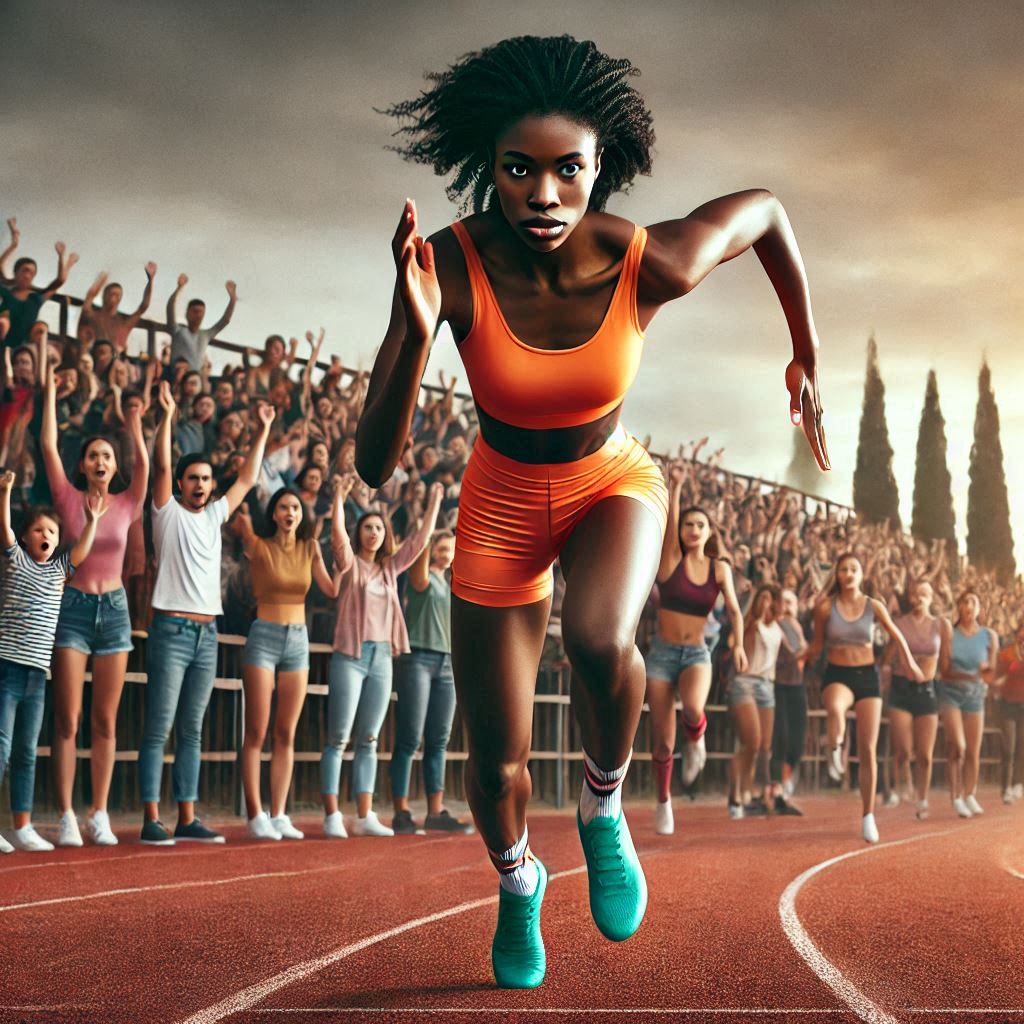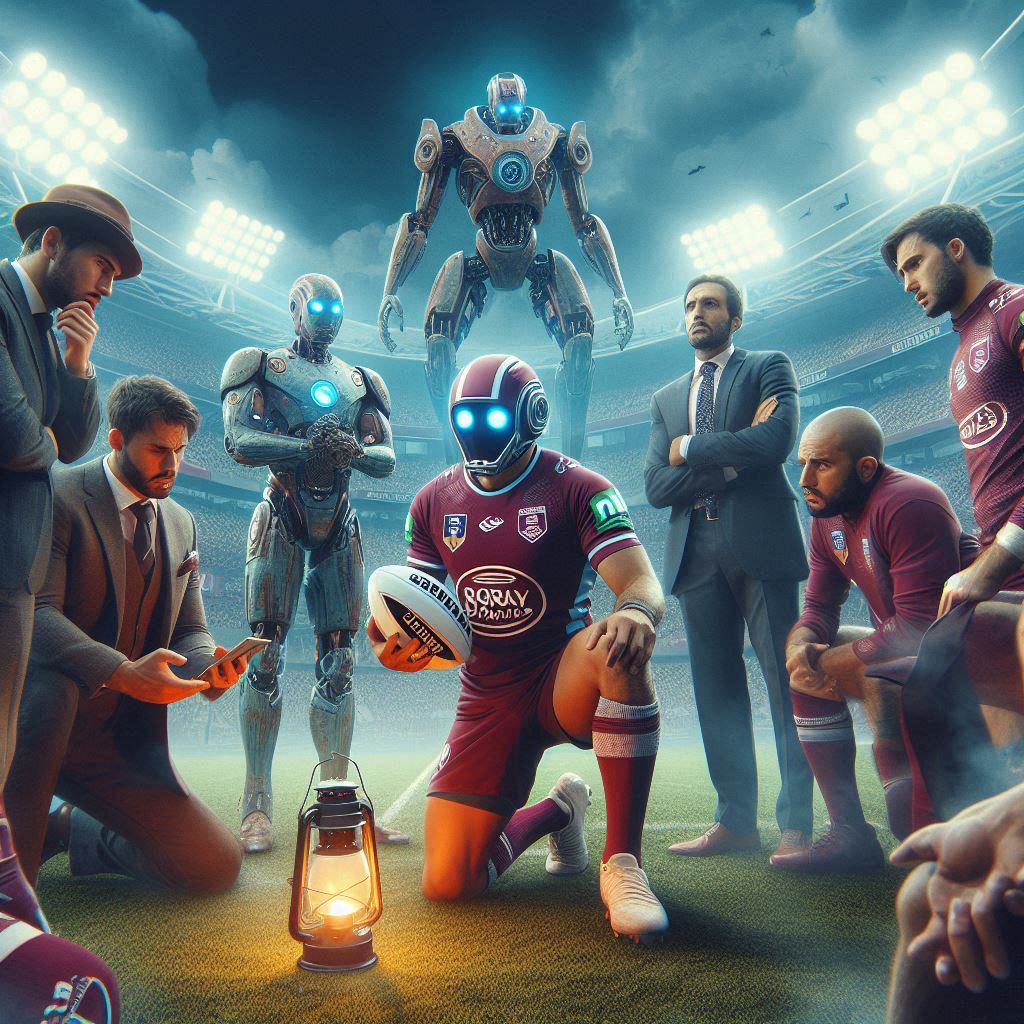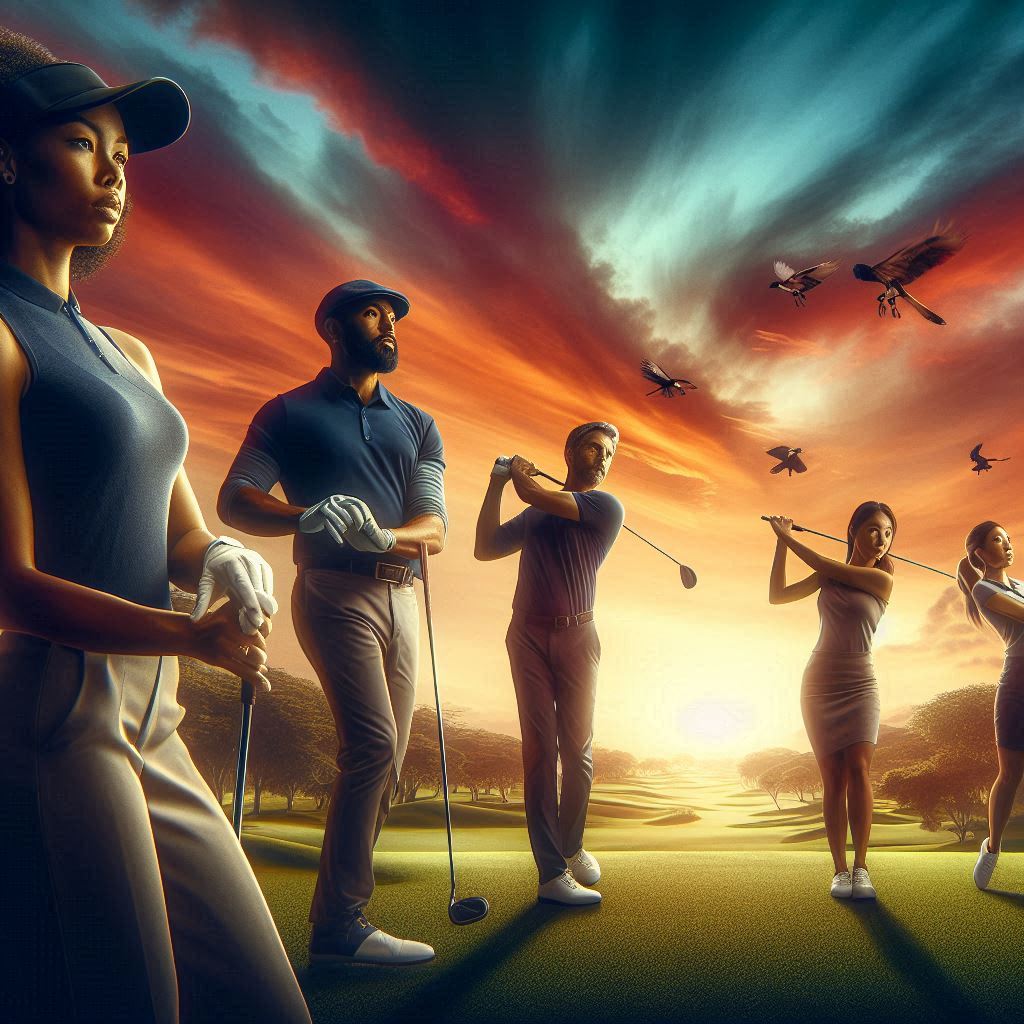Ground Game – The Real Differences and Cultural Impact of Sports Cleats
From Performance to Identity – Across Sports, Ages, Genders, Abilities, and Marketing Strategy
Cleats aren’t just shoes. They’re precision tools shaped by biomechanics, role-specific needs, branding strategy, and cultural momentum. From muddy rugby scrums to inclusive wheelchair athletics, the right cleat isn’t optional — it’s fundamental. This post explores cleats in full depth: by sport, age, gender, adaptive design, marketing, technology, and cultural impact.

Sport-Specific Cleat Design Of Sorts Cleats
Why One Size Never Fits All
Every sport demands tailored traction and movement control in sports cleats
Soccer
- 10–16 molded studs for quick turns
- Lightweight, low-cut design for foot freedom
- No toe spike for safety during tackles
- Surface-specific models for turf, firm, soft, and indoor
Rugby League & Rugby Union
- Longer, deeper studs for wet, loose pitches
- Heavier for scrums and contact
- Mid/high-cut for ankle support
- Toe spike used for push-off power
- Forward vs. back builds based on role
Golf
- Soft spike systems for rotation during swing
- Designed for damp terrain and grass
- Casual aesthetics with waterproof tech
- Prioritizes comfort and balance
Cricket
- Metal/rubber spikes for grip on variable turf
- Bowlers require toe protection for drag
- Batsmen need flexible soles for quick movement
- Mid-cut ankle support with lightweight feel
Baseball & Softball
- Metal/molded cleats with toe spike for acceleration
- Leather or synthetic builds for durability
- Position-driven designs (speed vs. stability)
- Engineered for dirt and grass transitions
Other Sports
- Field hockey: low-cut, turf-optimized with water resistance
- American football: high-cut or low depending on position; aggressive traction
- Lacrosse: hybrid builds for lateral moves and firm surface grip
- Track & field: spike plate variation for sprint, jump, throw
- Rugby sevens: agility-focused builds with modified stud configuration

Age-Based Sport Cleat Design
Children, Teens, Adults – Built for Growth and Performance
Children
- Flexible, forgiving materials
- Wide toe box with growth room
- Extra cushioning for joint protection
- Durable soles for general use
Teens
- Transitional models between youth and adult sizing
- More support for developing stride
- Expanded sport-specific options
- Builds designed for injury prevention
Adults
- Precision traction and support for mature foot mechanics
- Wider range of sizes, shapes, and performance features
- Stiffer midsoles, custom arches, and durability focus
Gender-Based Differences
Footwear Engineered for Real Biomechanics
Women’s Cleats
- Narrow heel cup
- Higher arch support
- Wider toe box for splay
- Stud placement aligned for hip-width and gait
- Weight distribution balanced for agility
Men’s Cleats
- Wider forefoot and midsole
- Lower arch structure
- Built for explosive movements
- Often heavier-duty materials
Adaptive Sports Cleats for Disability Sports
Design for Inclusion, Safety, and Competitive Potential
Wheelchair Athletics
- Flat, non-cleated soles for secure seating
- Breathable materials and ergonomic fit
- Designed for comfort and smooth movement
Prosthetic-Compatible Builds
- Integrated footplate mounting
- Wider base for balance
- Shock-absorbing midsoles
Motor Skill Adaptations
- Slip-on or Velcro systems
- Extra depth for orthotic inserts
- Soft interiors for sensory sensitivity
Inclusive Youth Models
- Cleats built to accommodate braces or custom inserts
- Flexible uppers and reinforced seams
- Styled for confidence and team identity
Cleats as Branding, Sponsorship, and Design
The USA Made Footwear Into a Multimedia Artform
In the U.S., cleats are as much media icons as performance tools
- Athlete endorsements drive multimillion-dollar branding campaigns
- Major brands compete for visibility on pro fields and youth leagues
- Cleats are worn with custom colorways, numbers, and tribute artwork
- NIL deals empower college athletes to promote cleats as influencers
- Campaigns like “Dream Crazier” and “Just Do It” turn cleats into motivational symbols
- Super Bowl, World Series, and Olympic games showcase exclusive releases
The cleat is no longer just gear — it’s identity, ambition, and emotion in one frame.
How Cleats Changed Global Sports Marketing
Design, Emotion, and Cultural Storytelling
Cleats helped shift the paradigm from product to persona
- Modern ads feature story-driven visuals over tech specs
- Branding ties cleats to causes, personalities, and sportsmanship
- Limited-edition drops turn cleats into collectibles
- Streetwear culture blends cleats with fashion and resale markets
- Cleats help brands localize messaging with region-based athletes and cultural motifs
Athletes don’t just wear cleats. They embody them.

The Future of Sports Cleats
Smart Materials, Embedded Sensors, Custom Fit
Cleats are entering a responsive, predictive era
- Heat-mapped materials mold mid-game to pressure points
- Embedded chips measure stride, fatigue, and acceleration
- Interchangeable sole plates adapt to weather and pitch
- 3D-printed soles match foot shape and movement style
- Sustainable builds reduce environmental impact
Tomorrow’s cleats won’t just protect you — they’ll learn from you.
What Cleats Actually Mean to Sport Cleats
Traction, Transformation, and Identity
Cleats are symbolic and practical
- They mark commitment — laced tight before battle
- Reflect personality — through color, customization, and style
- Enable inclusion — with design for every body and background
- Protect performance — with engineered grip and control
Cleats remind us that sport begins from the ground up.
Conclusion – Beyond the Studs and Stitching
Sports Cleats aren’t just worn. They’re chosen — engineered around every nuance of the game, every shape of body, and every aspiration of athlete. They’ve evolved from gear to statement, from function to empowerment. As technology, culture, and sport converge, the cleat has become an artifact of motion, meaning, and mastery.
The future of cleats won’t just tread the turf. It’ll shape the spirit of competition itself.
Join the Discussion on Sports Cleats
Which pair of sports cleats changed your game? Were they built for speed, power, comfort — or pure self-expression? Whether you play for points or pride, we want to hear how the right footgear made all the difference.
Hashtags
#CleatCulture #GroundGame #SportsGearEvolution #InclusiveAthletics #PerformanceFootwear #SmartCleats #SponsorshipStories #AdaptiveDesign #CleatsAndIdentity #MarketingInMotion #AthleteFootwearFuture



